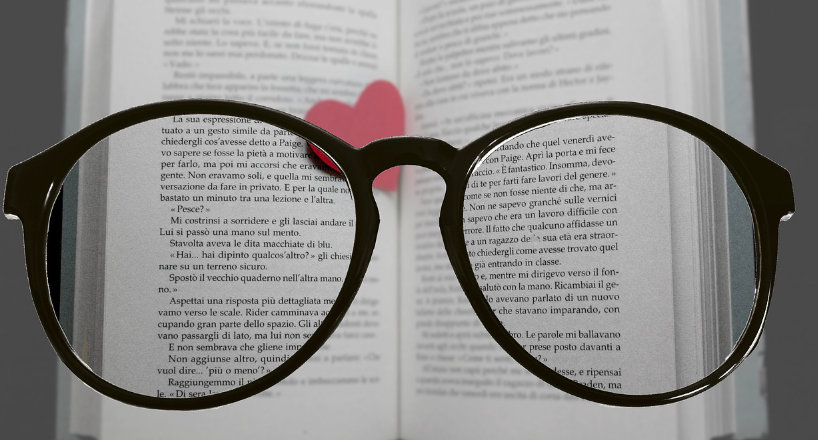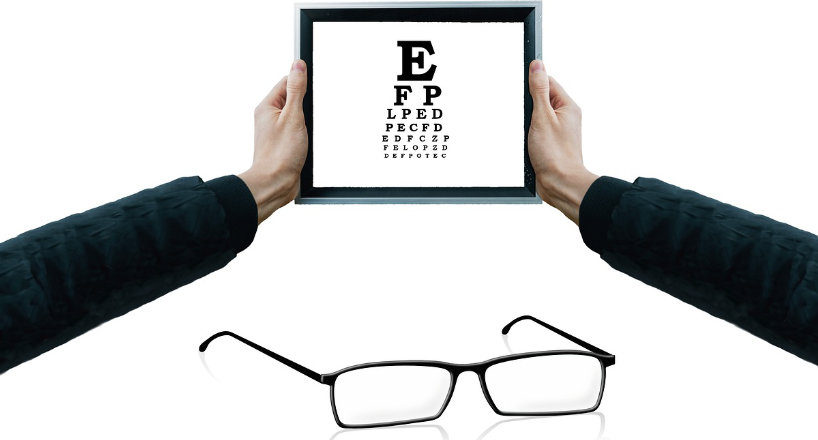Presbyopia
Presbyopia is a condition that affects the ability of the eye to focus on close objects. It is a normal part of the aging process and typically begins to occur in people around the age of 40. The condition is caused by a gradual loss of elasticity in the eye’s natural lens, making it more difficult for the eye to change shape and focus on nearby objects. This can make it difficult to read the small print, thread a needle, or perform other close-up tasks.
Reasons for Presbyopia
During our youth, the lens of our eye and the muscles that manage it are versatile and soft, allowing us to concentrate on close objects and shift focus from near far-off items without difficulty.

As the eye ages, nevertheless, both the lens and the muscle fibers begin to solidify, making near vision a higher challenge.
Presbyopia is a natural outcome of the aging procedure and not much can be done to avoid it. Its start has absolutely nothing to do with whether you currently have another vision problems such as nearsightedness, farsightedness or astigmatism. Everybody will observe some degree of loss of near vision focusing power as they age, although for some it will be more significant than others.
Symptoms and Signs of Presbyopia
Presbyopia is characterized by:
- Trouble concentrating on the small print
- Blurred near vision
- Experiencing eyestrain, tiredness, or headaches when doing close work or reading
- Needing to hold reading products or little things at a range to focus properly
- Needing brighter lighting when concentrating on near objects
Presbyopia can be identified in a detailed eye exam.

Treatment for Presbyopia
There are a number of options offered for treating presbyopia consisting of corrective eyewear, contact lenses, or surgery.
Eyeglasses
Reading glasses or “readers” are essentially magnifying glasses that are worn when reading or doing close work that permits you to concentrate on close objects.
Glasses with bifocal or multifocal lenses such as progressive addition lenses or PALs are a typical service for those with presbyopia that also have refractive mistakes (nearsightedness, farsightedness or astigmatism). Bifocals have lenses with two lens prescriptions; one area (normally the upper part) for distance vision and the second location for near vision. Progressive addition lenses or PALs likewise offer lens power for both near and distance vision however rather than being divided into two hemispheres, they are made with a steady shift of lens powers for viewing at different ranges. Many individuals choose PALs because, unlike bifocals, they do not have a visible department line on the lens.
Bifocal and Multifocal Contact Lenses
For people that prefer contact lenses to glasses, bifocal and multifocal lenses are also available in contact lenses in both soft and Rigid Gas Permeable (RGP) varieties.
Multifocal contact lenses offer you added flexibility over glasses and they enable you to be able to see any direction– up, down, and to the sides– with comparable vision. People wearing progressive lenses in glasses on the other hand have to look over their glasses if they wish to see upwards or into the distance.
Another option for those that prefer contact lenses is monovision. Monovision splits your distance and near vision between your eyes, utilizing your dominant eye for distance vision and your non-dominant eye for near vision. Typically you will use single-vision lenses in each eye however often the dominant eye will utilize a single-vision lens while a multifocal lens will be utilized in the other eye for intermediate and near vision.
This is called modified monovision. Your optometrist will carry out a test to determine which kind of lens is best matched for each eye and ideal vision.
Surgery
There are surgical procedures likewise available for the treatment of presbyopia consisting of monovision LASIK eye surgery, conductive keratoplasty (CK), corneal inlays or onlays, or a refractive lens exchange (RLE) which replaces the solidified lens in the eye with an intraocular lens (IOL) similar to cataract surgery.
Because it impacts a lot of the older population, much research and advancement are going into developing more and better alternatives for presbyopes. Talk to your optometrist about the alternatives that will work best for you.